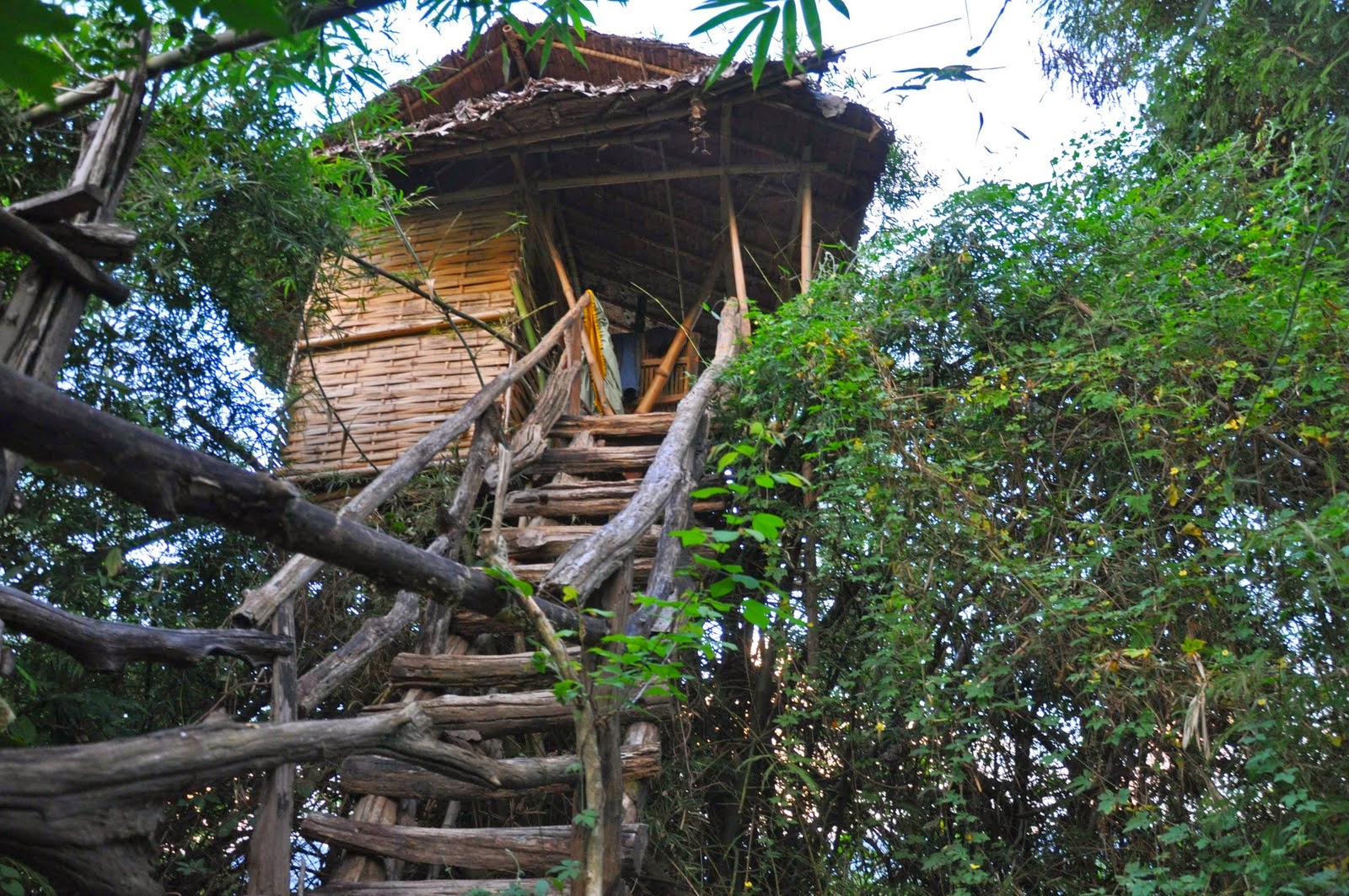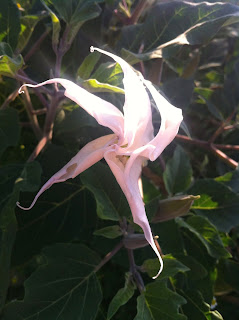5.16.2014
Making Flower Essences
5.07.2014
6 Days, 7 Herbalists
5.03.2014
8 major plant families
5.02.2014
Dreams
“When each child is born, a morning star rises and sings to the Universe who we are... we are our Grandfathers’ prayers... we are our Grandmothers’ dreaming.. we are the voice of our Ancestors... we are the Spirit of Love.” (song from Sweet Honey in the Rock)
---
Each human is a seed capsule. Each seed holds all the stories, songs, dreams, and genetic material of all of the previous seeds that came before, and all of the future seeds that will come after. What magic, what beauty!
Enough of the cliche conversation-starters of, “So, where do you work? Where do you live?” I prefer to start off conversations with, “What are your dreams like?” That opens up whole new worlds of discovery. “Dreams” can be interpreted in a variety of ways: night dreams, day dreams, life dreams, and more. What do you mean when you think, talk, write about your dreams? What do I mean?
It’s all interconnected. All of our dreams are interwoven together, encapsulated within the seeds of our being. I will discuss our nights dreams in this article, for each night, filled with dreams, is an exploration of our inner landscape and outer life experiences. What is your relationship with your dreams?
I give a gratitude prayer before sleep, quickly debriefing my day, rose-thorn-bud style: my favorite “rosy” parts of the day, my most challenging “thorny” parts of the day, and the “budding” lessons and projects that will carry on into the next day. I then ask for a dream: perhaps I have a question that needs answering, or I just want a clear night with sweet dreams. Whatever it is, I send out that prayer, place my journal within arm’s reach, and go to sleep.
I write down my dreams first thing in the morning, when I wake up. If I don’t write them down immediately, then my thoughts and plans for the day infiltrate my mind, and quickly dissipate my misty dream-scapes. When I write down my dreams, not only does it help me remember them, but it also allows me to access their stories and teachings far into the future.
I open up my journal; the organization is clear. I can find what I am looking for easily, and it only gets better with time, as my journaling techniques evolve. I write my daily journal-entries from top to bottom, holding the book right side up. When I input my dreams, I turn my book clockwise to the write, and write on the side wall of the page. Skimming through the book, I can easily access day-musings or night-dreamings. I underline dream messages and other important points, while writing. My eyes are easily drawn to the underlined words and statements; years of journaling and two buckets of books are thus naturally organized into understandable volumes. (Oh, and a final touch: when I am in a bad mood, I flip my book upside down, and write from there.)
I used to write down every detail that I could remember from my dreams. This was back when I was unemployed and living in the forest. I’d spend 1-2 hours every morning writing down, reviewing, and contemplating my dreams. I don’t have that kind of luxurious time, anymore. And, after so many years of cultivating a relationship with my dreams, I can grasp their messages easier, too. Instead of strenuously detailing your dreams, it’s most important to paint broad brush strokes. I write down my dreams stream-of-consciousness style. The most important elements will usually rise to the top. Write those down, before you forget them. You can fill in the details later, if you wish. Focus on the emotional content of your dream, and note the general progression of feelings as you move through the dream. This emotions-sequence, and whatever else calls your attention, is the most important part of your dream to remember.
When do you feel these emotions in your life? What parallels can you draw between your waking existence and your dreaming reality?
Sometimes, it’s helpful to title the dream, so that you can condense the entire experience into just a few words, which also makes it easier to reference in the future. Dream messages can usually be condensed into one simple statement, which I usually underline in my journal, and use as a tracking reference. Tamarack Song calls this the Dream Message.
The best way to remember, process, and come to relationship with dreams is in sharing with a partner. At the Teaching Drum Outdoor School in WI, we shared our dream messages together every morning, as a group. Tamarack taught us to focus on the sequence of feelings through the dream, especially noting any sudden change of emotional content at the end of the dream. The Dream Message usually lies there.
How do my dreams intersect with my day to day reality? There are different kinds of dreams: day-on-repeat dreams, Message-bearing dreams, Prophetic Dreams, and more. Day-on-repeat dreams tend to be an inane repetition of what I’ve been thinking throughout the day; Message-bearing dreams are meaningful; Prophetic dreams are futuristic. I don’t find day-on-repeat dreams so useful. They feel like mental chatter, like my day has not finished, and I am not fully resting. This is partly why I debrief my day before resting, so that I can release it, and progress forward into more interesting and useful dreams. Prophetic dreams tell me something about the future. I don’t get these too often in a literal sense. I mostly get Message-bearing dreams which, according to Tamarack, form the bulk of most of the Dreams that we receive.
Dreams speak through symbols. Dream symbols are personal. Ditch the dream interpretation books. They can help get you started with ideas of which direction to take things, but oftentimes get confusing, and are subject to individual interpretation. There are some symbols and archetypes that are universal, but I like to cultivate a personal relationship with my dreams, and deeply consider my own relationship with the people, places, plants, objects, and other elements that arise in my dreams.
Dreams are rarely literal. Characters in dreams are all symbols and pieces of your self. Sometimes characters are literal, but they are usually just manifestations of yourself. What does this person mean to you in your life? What do they represent to you? What part of you are they playing in the dream?
I enjoy experimenting with my dreams. I sometimes try ingesting a plant medicine, usually a flower essence, several nights in a row right before sleep, to see how it affects my dreams. Or, if there is something that I am working on that a plant medicine can support in a physical, emotional, energetic (or all of that) fashion, then I will ingest that plant before sleep. Plants may be ingested in a variety of forms, which vary from plant to plant. I generally like to take energetic doses (minute amounts) of my dream plant medicines, lightly burn the plant as an incense, or even just place the plant near my bedside or under my pillow.
If there is a topic that you’d specifically like to explore, you can welcome them into your dream world. If you hold a thought, person, or question strongly in your mind before going to sleep or during the falling asleep process, then you can usually dream about that. When I have questions, I will usually journal stream-of-consciously right before bed, make a prayer to ask for help, then fall asleep while holding that question in my mind.
I enjoy lucid dreaming, but usually prefer to just let my dreams take me where I need to go. If I am lucid dreaming though, then I take it as an opportunity to direct my journey, instead of being drawn on my journey. There are various ways of inducing lucid dreaming, but I don’t do it often, and do not know enough about these techniques to write about them, as I prefer to just dream.
Sometimes, I get nightmares. I feel like there are two primary kinds of nightmares: an important message, or negative spirits. Regardless, I’ll usually wake up and smudge myself and my sleeping area with cleansing prayers, before returning to sleep. If I am sleeping in a new place, I will usually make a prayer before going to sleep, asking permission from the spirits of the area to sleep there, and giving gratitude to my own protective spirits for joining me on the journey. This usually helps deter negative spirits. If negative spirit induced dreams still arise, then I usually just politely ask them to leave, and stand my ground. I understand that this is my body, and I am living inside. With both feet down and both eyes politely yet firmly engaged, I do not allow negative spirits to enter.
Most nightmares bear important messages, rather than negative spirits. Tamarack said that if we do not listen to repeated Dream messages, and something is very important, then sometimes a louder message--- but the same message--- may come in the form of a “nightmare.” It’s basically a wake-up call, an alarm call to pay attention to something that we are not noticing, or avoiding. And then, you work with the nightmare like with any other dream. Pay attention, note the emotional content, and listen to the message: take action in your life, as indicated.
Accessing dreams accesses the deepest part of ourselves that often goes unnoticed, unheard, slowly dying in the stinking shell of our unprocessed emotions and untended body temples. Eat fresh local food that you have a relationship with, exercise in ways that give you pleasure and light up your body, live a life that illuminates your highest gifts and is of utmost benefit to the global community, sleep with the satisfaction of having lived another magical and meaningful day, and dream dreams solid, ethereal, beautiful, powerful, and filled with Medicine. May you dive deeply, and connect as fully with your dreams as you do with all the other parts of yourself, and the world around you!
































